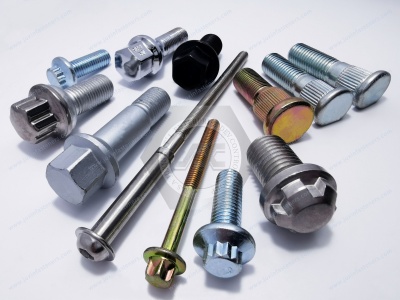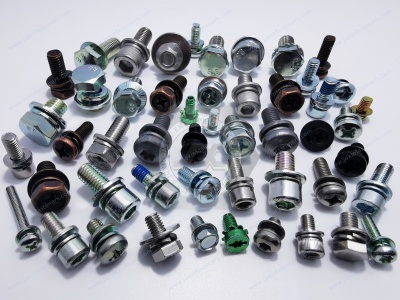Call Us
+86 136 6007 9809
Call Us
+86 136 6007 9809
May. 30, 2024
Professional Knowledge of Threadlockers Industry Solutions
Threadlockers are essential in ensuring the stability and reliability of fastened components in various industrial applications. Here's a detailed look into their usage, storage, and different types to provide you with comprehensive knowledge:
How to Use Threadlocker?
Using thread lockers is straightforward and does not require special skills or tools. Here's a step-by-step guide:
1. Cleaning: Clean the bolt and nut threads with cleaner 755 to remove any dirt, oil, or debris, and allow them to dry.
2. Priming: Add AAcceleratorr 7649 to the thread surfaces and let them dry.
3. Application: Choose the appropriate strength of the thread locker and apply a few drops to the threads.
4. Assembly: Assemble the parts, ensuring the bolt passes through the hole.
5. Tightening: Tighten the nut to the specified torque.
Storage and Shelf Life of Threadlockers
Threadlockers should be stored in a cool, dry place, away from high temperatures and direct sunlight. When stored properly, they can last up to 12 months.
Removal of Threadlocker
If you need to disassemble components after applying the thread locker, a 30% increase in reverse torque can break the bond.
Differences Between Permanent and Semi-Permanent Threadlockers
1. Permanent (Anaerobic) Threadlockers: Cure without air, forming a robust and non-removable bond.
2. Semi-Permanent Threadlockers: Applied externally on the assembled screw to allow easier removal later.
Environmental Compliance
Most thread lockers produced by reputable manufacturers comply with RoHS regulations, ensuring they meet environmental standards set by the European Union.
Detailed Usage Instructions for Anaerobic Adhesives
1. Cleaning and Drying: Use cleaner 755 to clean the surfaces of the bolts, nuts, and holes. Allow them to dry thoroughly.
2. ApplyingAcceleratorr: Spray Accelerator 7649 onto the threads and let it dry.
3. Choosing the Right Strength: Select the locking adhesive's appropriate strength for your application.
4. Applying the Adhesive: Apply a few drops of the adhesive to the threads.
5. Assembling the Parts: Insert the bolt through the hole and apply a few drops of the adhesive to the engagement area between the bolt and the nut.
6. Tightening: Tighten the nut to the specified torque to secure the assembly.
Additional Notes
1. For Larger Bolts (M25 and Above): Use thread locker 277 for enhanced bonding.
2. For Aluminum or Magnesium Parts: The thread locker prevents thread stripping due to electrochemical corrosion.
3. Heating for Disassembly


If high-strength adhesives were used, and regular tools failed to loosen the bond, apply localized heat to the threaded area (around 232°C for about 5 minutes) to facilitate removal.
By understanding and following these guidelines, you can effectively use thread lockers to ensure the reliability and durability of your assemblies in various industrial settings.
For high-quality Thread-Locking Screws fasteners and professional technical support, don't hesitate to contact us at adelajonly@gmail.com or visit our website at [Juxin Fasteners](https://www.juxinfasteners.com).
Contact Us
Tel.:
+86 020 8621 0320
+86 020 3121 6067
Technical Support:
Navigation
SEND INQUIREY